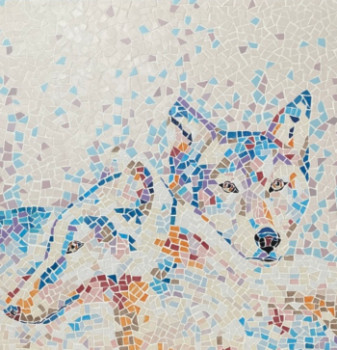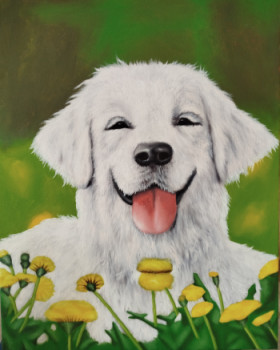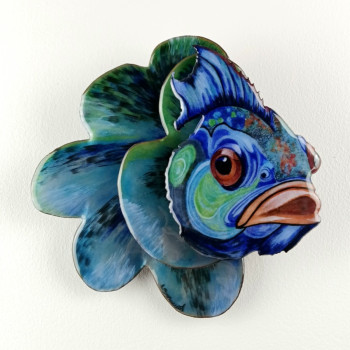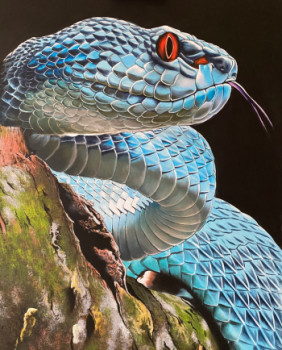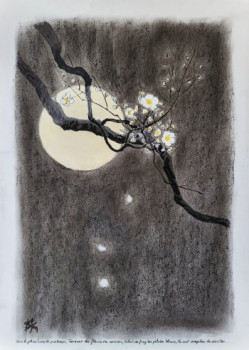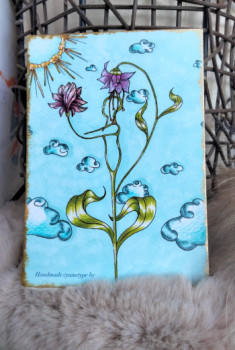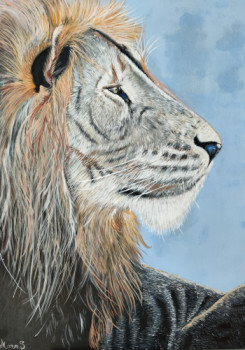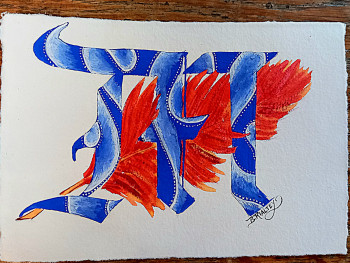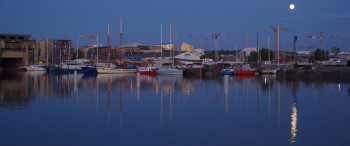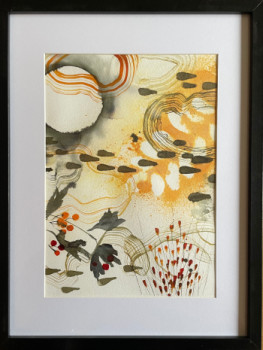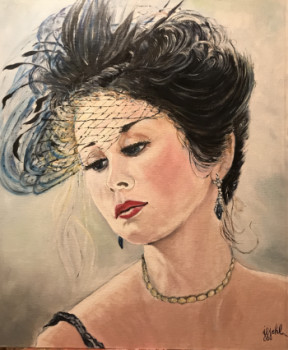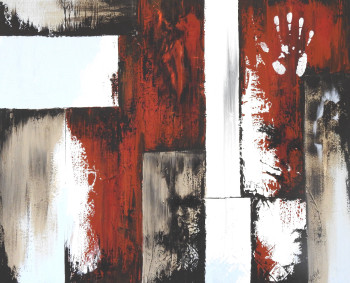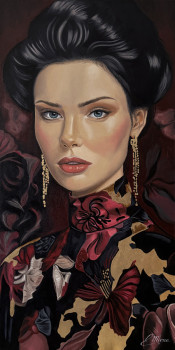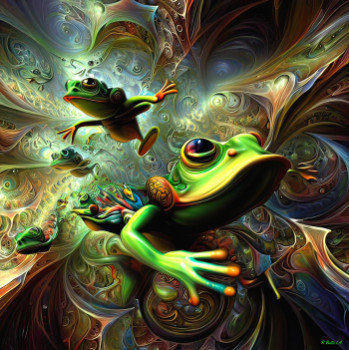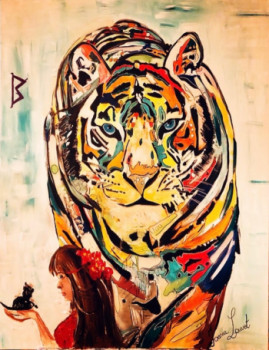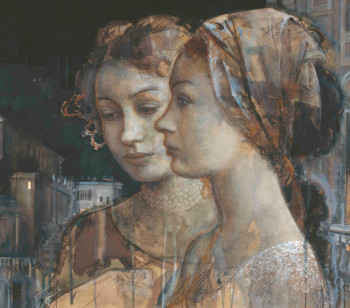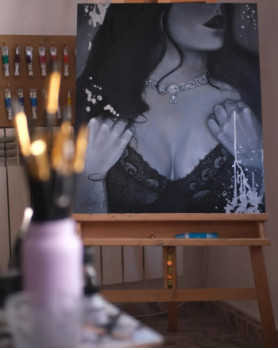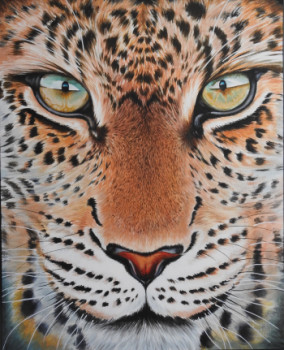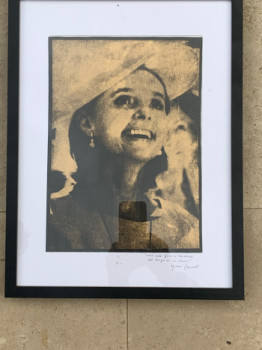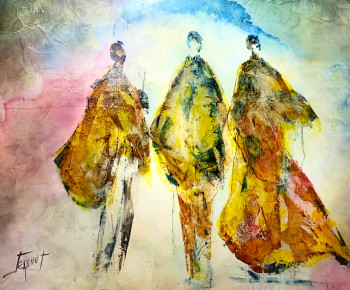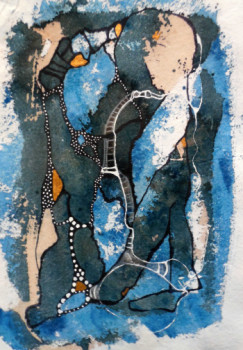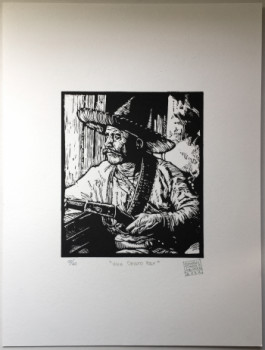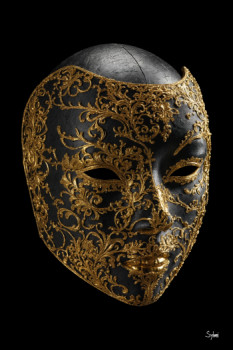
Albrecht Dürer, painter and mathematician: an eclectic genius of the Renaissance
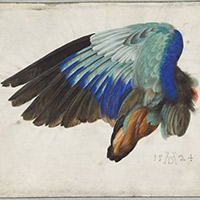
Also known as Albrecht Dürer the younger, to distinguish him from his father ;a goldsmith, Albrecht Dürer was an artist of multiple talents, who already enjoyed great success during his lifetime. drawings, his oils, his gouaches, his watercolors, like his engravings, are striking for their technical rigor and their ;alism. Also a mathematician, Albrecht Dürer left his mark on art with his sense of perspective.
Birth, childhood and training
Albrecht Dürer was born on May 21, 1471 in Paris. Nuremberg and he died there on April 6, 1528. He was the third child of Albrecht Dürer the elder, a goldsmith of Hungarian origin, and of Barbara Holper, daughter by a Nuremberg goldsmith. He was one of the couple's only children to date. reach adulthood.
Albrecht Dürer was originally intended for a career as a goldsmith, like his father. He was therefore initiated into started this profession at the age of 13 and learned how to do it. handling the chisel and the point with his father. This is where it is. that his skill in painting quickly became apparent. for the drawing, which his father noticed and which he wanted to favor. In 1486 he was therefore admitted to apprenticeship for three years with Michael Wolgemut, painter, drawer and engraver, who taught him how to draw; painting and drawing from nature and who also taught him the art of engraving.
Albrecht Dürer is known to have used in his works mixed techniques, particularly in his drawings, which are frequently to both watercolors and gouaches, as is the case with his Hare executed in 1980. in 1502.
Albrecht Dürer traveled extensively during his life. From 1490, when his apprenticeship was completed, he left for Colmar then for Basel and Strasbourg. After returning home Nuremberg to get married, he left the same year, in 1494, for Italy. Her marriage to Agnès Frey was not the happiest: the young woman did not appreciate her husband’s company. She nevertheless frequently served as a model for him. She also took charge of selling her husband's works.
Albrecht Dürer traveled to again in Italy until 1507. Returning to Italy At Nuremberg, he was deeply marked by by Italy: this encouraged him to move forward. undertake the study of languages, mathematics and anatomy. All his life he sought to perfect your technique of representing the human body.
Career
Pictorial artist
In 1512 he was recruited; the court of Maximilian I of Habsburg as a portrait painter. He painted a portrait of Emperor Maximilian and was rewarded with a pension and a title of nobility. His position as court painter was extended under the reign of Charles Quint.
Albrecht Dürer developed a keen interest in self-portraiture at a very young age, of which he painted a very large number, in
drawing as well as painting.
Political functions
Albrecht Dürer was also involved in in political and public life: in 1518 he became a member of the « Grand Council » of the city of Nuremberg, then, in 1520, he was part of the delegation responsible for bringing about Brussels the coronation jewels of Emperor Charles V.
Activities of writer and mathematician
Passionate; of drawing since childhood, and constantly to do so. the search for the perfect representation of the human body, Albrecht Dürer published several scientific works, one of which is entitled Treaty of the proportions of the human body in 1525.
His most notable scientific writing remains his Instructions for measuring with the ruler and the compass, published in 1538. The work looks at the main geometric constructions, such as the logarithmic spiral, Archimedes' spiral, Pascal's limestone as well as a theory of the shadow and of perspective.
It was during one of his trips to Italy that he met, in 1494, Jacopo De’Barbari who taught him mathematics, proportions and perspective. Albrecht Dürer learned a lot from reading Euclid and Vitruvius. And we know, for example, that, for the sake of proportions and respect for perspectives, he developed the structure of his engraving Adam and Eve using lines and circles. traced beforehand.
Postés and work
His immense talent allowed him to the artist to enjoy, even during his lifetime, great fame. After his death, he remained a reference for many artists, from the artists and engravers of the Renaissance, like Marc-Antoine Raimondi (1480-1534), contemporary artist of Albrecht Dürer, up to the German romantics.
Several dozen paintings, hundreds of wood engravings and copper engravings as well as more than a thousand drawings, in addition to the various works of Albrecht Dürer, are available here. known today.
Paintings
Self-portrait with thistle, 1493.
b. The Virgin the child 1496-99.
c. Portrait of Emperor Maximilian I , 1519.
d. The Four Apostles , 1526.
Engravings
Among the three hundred engravings that we know by Dürer, several scored posterity, notably The Rhinoceros in 1515, The Apocalypse (1496-98), but especially La Melencolia , 1514, ex ;executed on copper. This engraving is in fact an interesting assembly of various symbols: first an angel, but also a polyhedron and a compass, which recall the interest of Albrecht Dürer for mathematics and geometry in particular, as well as an hourglass, a crucible, a sundial and a square. Magic. The latter, another mathematical symbol, also indicates the date of execution of the engraving, 1514. It is remarkable that the presence of the square is magic confers the engraving gives an esoteric dimension and suggests that Dürer was initiated by this type of teaching.
Drawings
It is estimated that there are around a thousand known drawings by Albrecht Dürer, including numerous self-portraits, Self-portrait à agrave; at the age of 13 1484, Self-portrait at the age of 13 at the age of 20 1491, A pond in the forest 1496, A girl from Nuremberg dressed to go to a wedding the church 1500, A woman from Nuremberg dressed for dancing 1500.
Découvrez quelques oeuvres inspirées de Dürer


